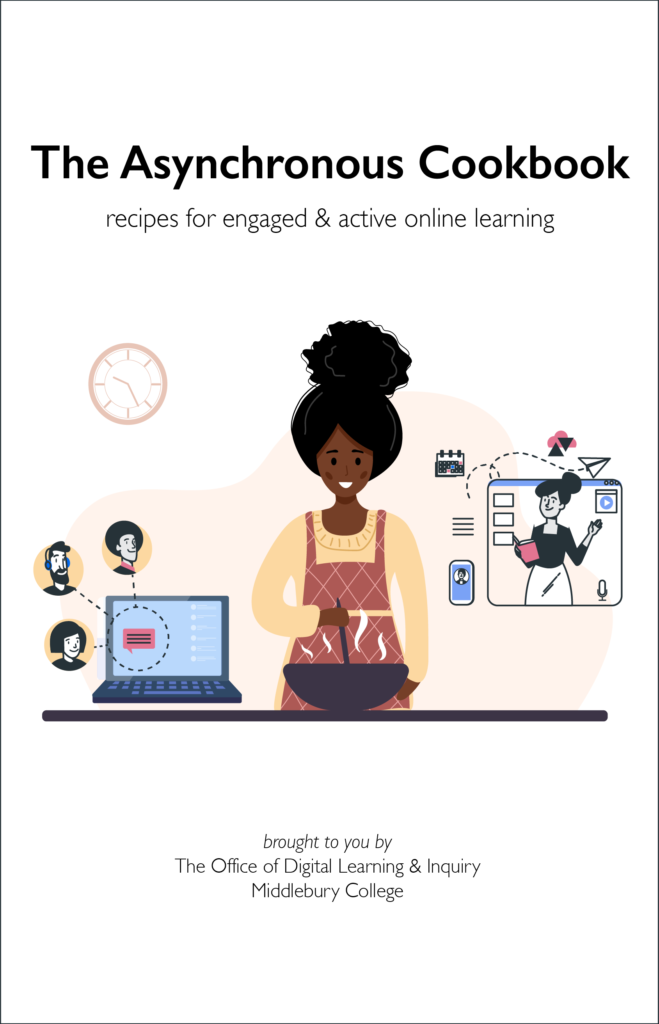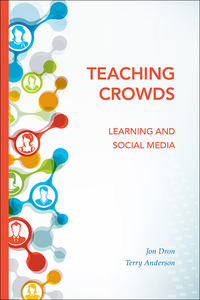Every context where a program of instruction is needed draws from the ADDIE model in different ways. A training program for complex industrial safety issues would require a greater depth of tasks analysis than a program to learn how to type.
In this e-book, the ADDIE Model will encompass only the basic areas of research. Students wishing to continue their education in the instructional design field will discover more dimensions to analysis, instructional strategy, and implementation.
Stakeholders
You will encounter the term stakeholder throughout this e-book. Stakeholder is to be interpreted similarly to the word client in the sense that the word can refer to either a single individual or a group of people for whom the work is being produced. A stakeholder can simultaneously include the people for whom the work is being produced (the sponsor) as well as the people who are affected or impacted by the outcome of the work (learners or customers).
At the outset of a project, it is important to determine who the stakeholders are because it informs who is affected by the work, both in how it is constructed and who the work, when implemented, has an impact. Note that even those who may be negatively impacted should be considered a stakeholder, even if they will not be involved in the process, because this can affect the final product.
For example, in developing a computer system, a hacker would be considered a stakeholder since how well the system’s security is designed affects the hacker’s job. Though we may not want a hacker to be involved in the development process, it is important to keep them in mind so we can develop a robust system. Similarly, it is important to consider all stakeholders and their involvement as the social effects of someone being left out who feels they should be involved could jeopardize the success of the instruction.
Some individuals may have multiple roles to play in the ID process, especially in a smaller organization. The following list is a starting point for considering the stakeholders who should be involved.
Instructional Designers are involved in developing the instruction and will be involved in the entire ADDIE process by eliciting requirements of what the instruction must do, to designing and developing the instruction as well as the “>implementation of the instruction.
The client is the person or organization who pays for or sponsors the instructional assistance. This person or organization may or may not have been the one who saw the need for solving the instructional problem but they will determine if the solution is acceptable and will need to agree and sign off on all decisions.
Discoverer is the person who saw the gap in actual results versus desired results and took steps to determine how to reduce the gap. This person is likely to be involved in the entire process and may be the same as the client or may be the client’s proxy.
Learners are the people whose actual results should be closer to desired results. These are the workers in the organization who will undergo the training to improve their performance. It is not always possible to talk with the learners nor test the training on the learners so it may be necessary to have a proxy learner who is someone very familiar with the tasks the learners perform.
Evaluators are typically people external to the organization who will determine if the training met the need of reducing the gap between actual and expected results. It may be important for them to be involved early in the process to determine how the instructional solution will be evaluated and can provide suggestions on changes to the solution before it too much work has been invested.











